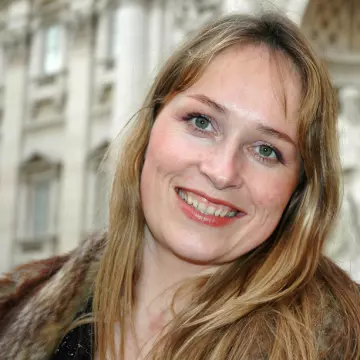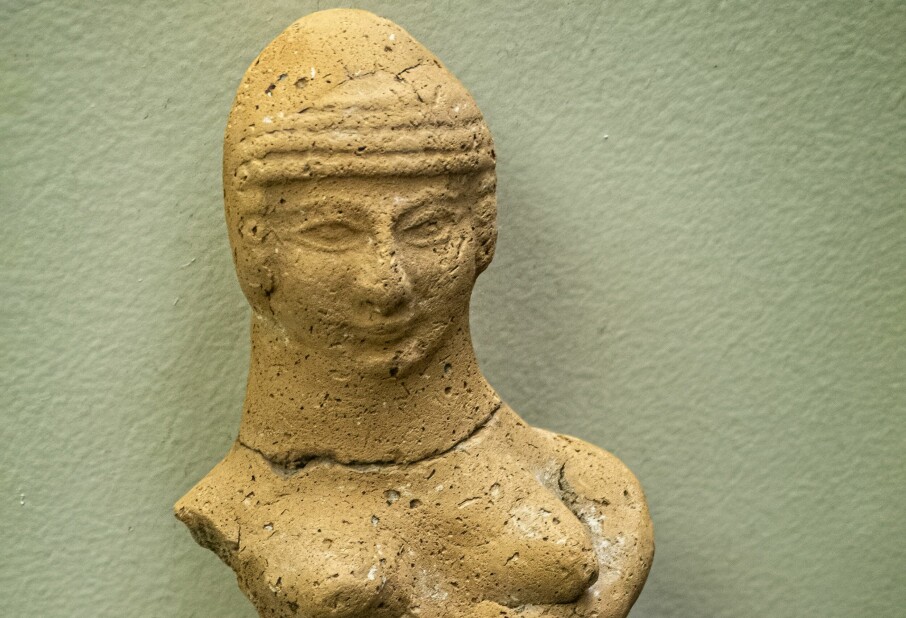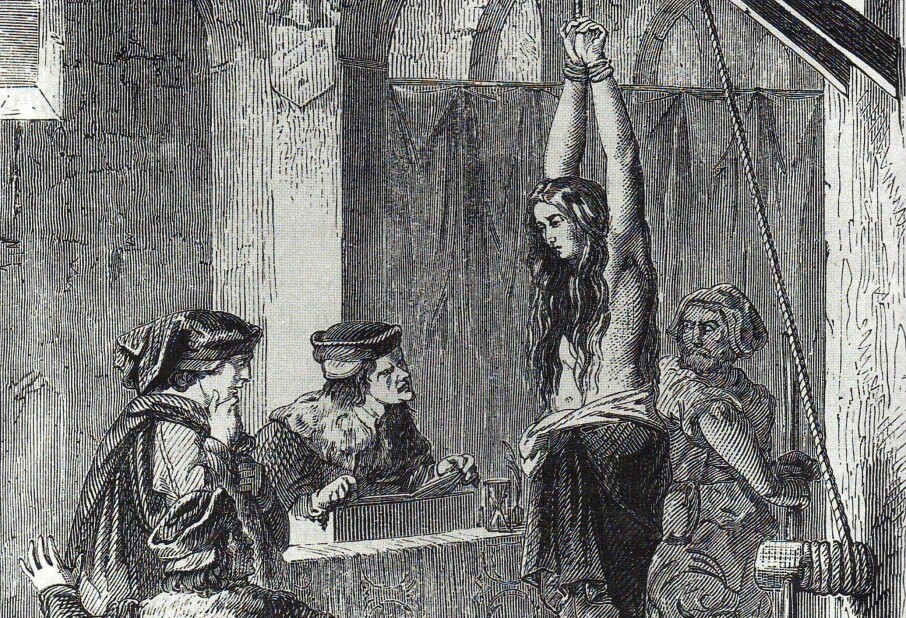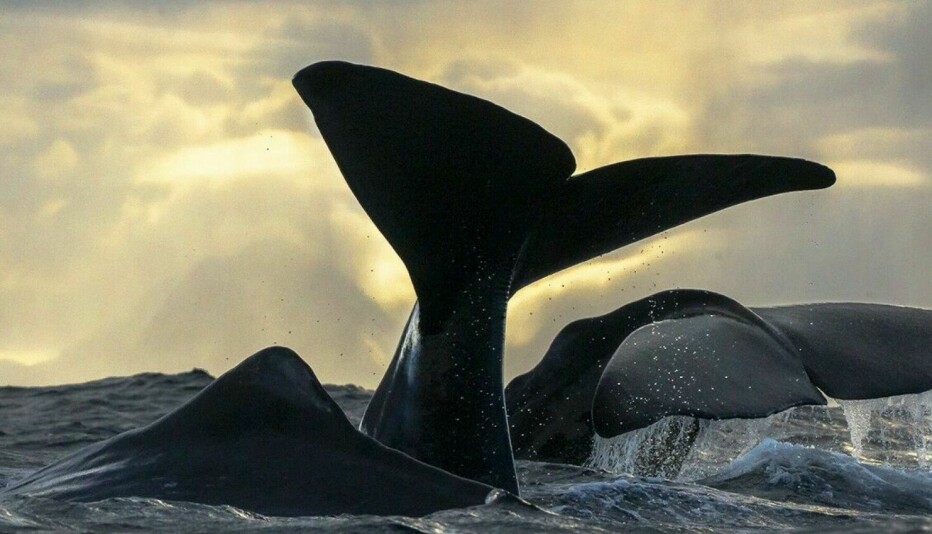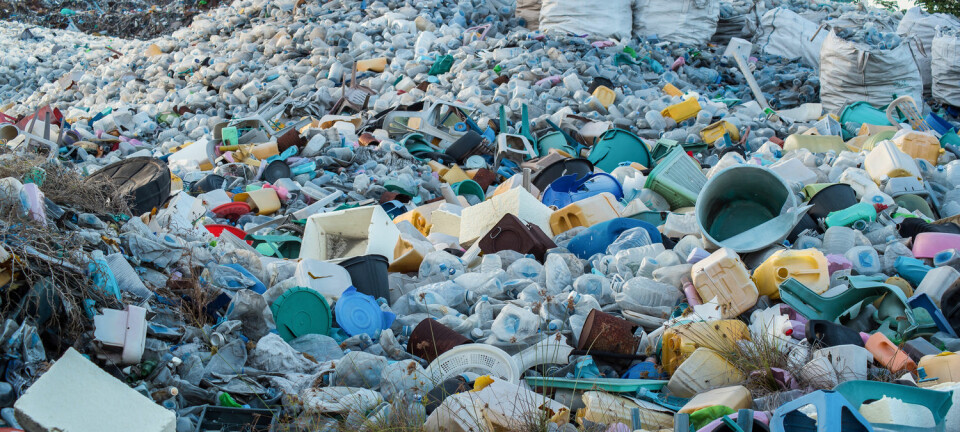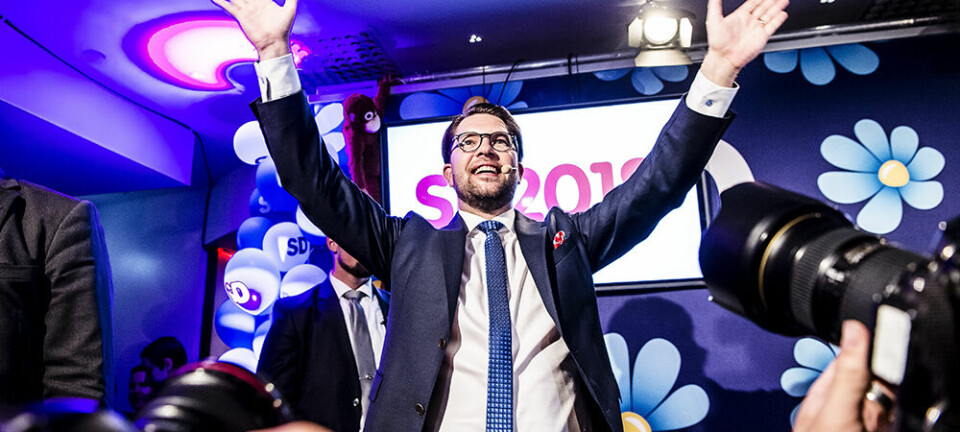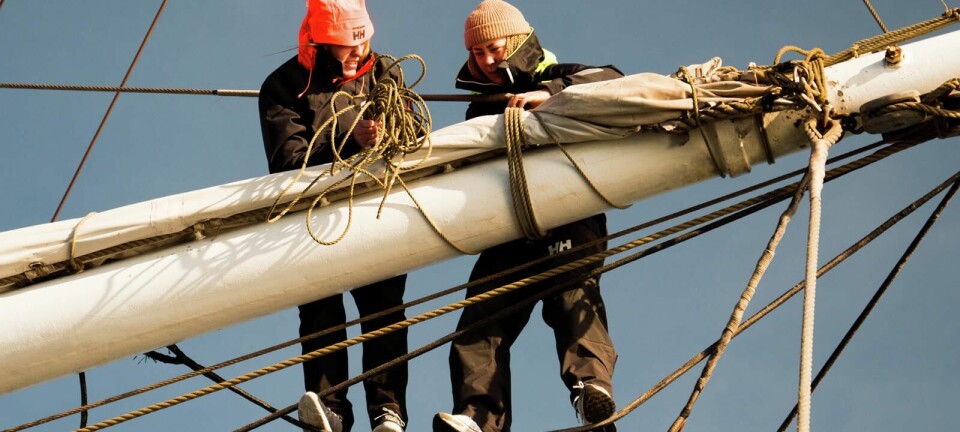THIS CONTENT IS BROUGHT TO YOU BY Oslo Metropolitan University - read more

Creativity requires courage
Resistance and obstacles are needed to unlock creativity, according to researcher.
“Creativity can be learned,” Arild Berg says.
He is a professor of Art and Design. He is also an artist and ceramist, and teaches students who are studying product design.
Berg is also the project manager for the OsloMet Craft Hub, an EU-funded research project that focuses on how craft techniques can be made relevant again.
A craft can be characterised by routine, but it also allows for new, creative solutions.
“There cannot be creativity without obstacles,” he says.
Berg believes that resistance is necessary in order to achieve something creative.
“I consider it a strength to be able to face and accept the challenges,” he says.
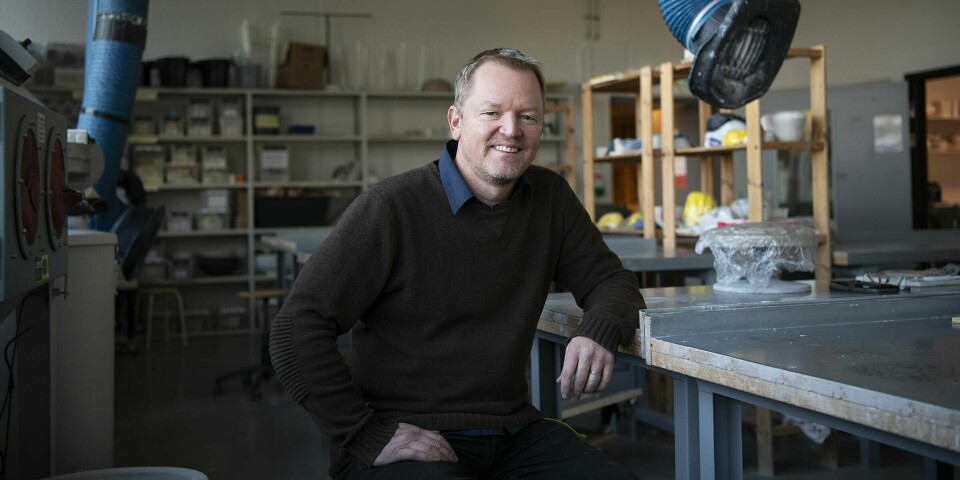
The artistic work consists of giving shape to the chaos
Being able to accept that you do not know what the final solution will be is part of the skill set of artists, designers, and others working on creative tasks. This is a crucial element in creative processes.
“You are, in a sense, practicing facing fears and uncertainties, but it is also a form of freedom,” Berg says.
The freedom comes from there being so many possibilities.
"In terms of design, we can refer to this as ‘the fuzzy front end’ of idea development. That is to say, the tortuous start-up phase when ideas are loose and constantly changing," he says.
Berg mentions the American psychologist Rollo May, who wrote a book about the courage it takes to create. May argued that some time might pass before you experience a eureka moment at the start of the idea development phase.
He believed that it takes great courage to come up with a creative product because the fear of failure is substantial. Nevertheless, May insisted that creative work is among the most healthy and meaningful activities a human being can do. This applies to everyone, not only artists.
The psychologist argued that you are betraying yourself if you don’t express your own, original thoughts.
Rollo May also said that creating is about achieving a new totality from tension. There are conflicts and contradictions to be solved and the artistic work consists of giving shape to the chaos.
The state of creative flow
This is why doubt is an important aspect of creative processes and it takes courage to switch between conviction and doubt.
“You need to dare to enter the unknown,” Berg says.
He believes that you will often come up with ideas due to coincidences that occur when you are doing something else and that this wouldn’t happen if you weren’t doing that activity.
“Once you get started, you will discover something. I also tell my students that they need to dare to doubt. We know from research that the fear of failure and greatly excessive expectations are what prevent access to flow mode and creative power," Berg says.
By flow mode, we refer to a state in which an individual is fully immersed in an activity, as though in a bubble, forgetting both the time and place. You experience a kind of time warp, as you are completely present here and now.
The social psychologist Mihaly Csikszentmihalyi was the one to develop flow theory and describe the phenomenon. He conducted research into creativity together with artists, athletes, and other researchers. In 1975, he identified the psychological state of flow and gave it a name.
Csikszentmihalyi was interested in the state in which you forget about yourself. He also argued that people are much happier when they experience flow.
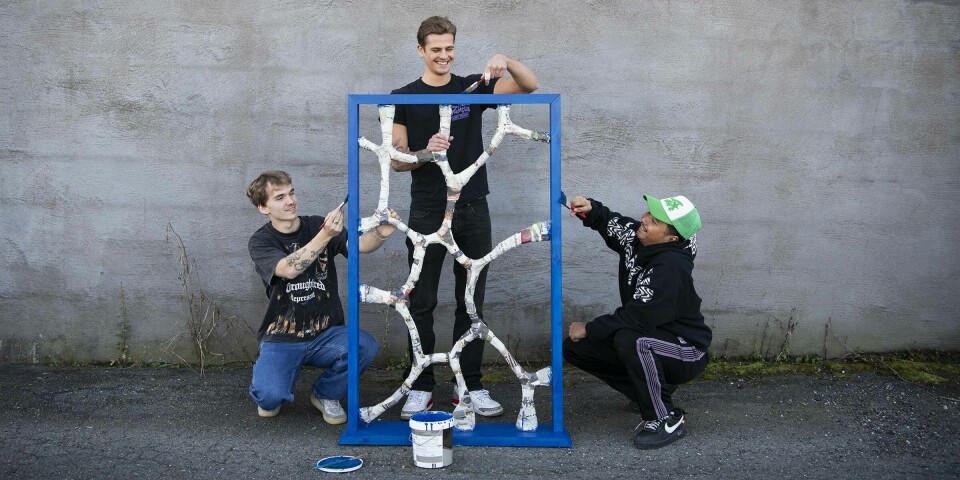
Using playfulness to test out new ideas
“The special thing about working with shapes, colours, and materials is that there are so many solutions that can be found,” Berg says.
There are no definitive answers.
“You need to apply the creative part of your brain and look for what is not necessarily the logical solution. You then need to use playfulness and curiosity to try out your ideas,” he says.
By taking your time, you can immerse yourself in a material and examine it at a detailed level.
“You can twist and turn things. Assemble them in new ways and look for something new. This process will often contribute new insights as we learn along the way,” Berg says.
The professor explains that it takes time, as we need to allow things to sink in, forget about things and take them out again to look at them in a new light.
“This is why we often come up with new ideas while having a shower, going for a walk, or doing something completely different. This is because we are relaxed and our intuition comes into play, which enables us to practice the ideas we get. Often, ideas need to be refined and interpreted,” he says.
It takes time to explore
It can be easy to assume that we are becoming less creative as a result of a digital everyday life in which we can look everything up on the internet and use artificial intelligence.
“Of course, this may make people passive, but it doesn’t necessarily have to be that way,” Berg says.
He believes that we can strengthen our creativity by using new technology such as artificial intelligence to process reality.
“Artificial intelligence, for example, can be useful for inspiration. It's a good thing if we are able to imagine taking ownership of the new technology and using it in our own way,” he says.
However, it can be a challenge if you want quick results and therefore do not have the time to spend on longer processes.
“You will generally be more likely to repeat what you already know. You will recycle old ideas instead of engaging in the explorative process of trial and error. New doors will open when you move from the known to the unknown. You learn something new when you go from what you know to what you don’t know,” Berg says.
References:
Berg, A. Artistic Research in Public Space: Participation in material-based art, Aalto University, 2014.
Csikszentmihalyi, M. 'Beyond Boredom and Anxiety: Experiencing Flow in Work and Play', San Francisco: Jossey-Bass, 1975. ISBN 0875892612
May, R. 'The courage to create', Norton, 1975.
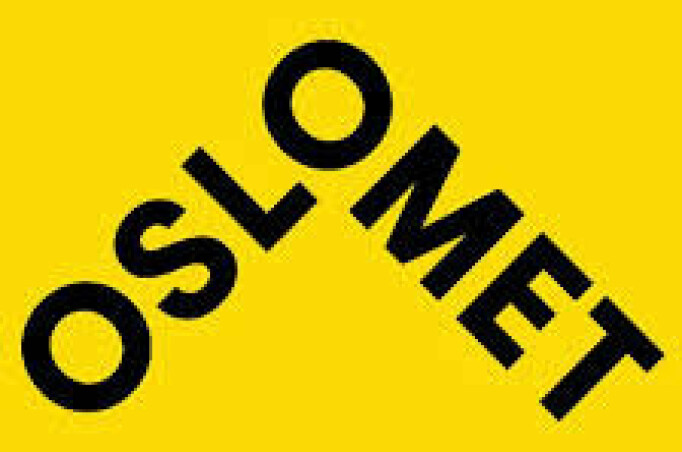
This content is paid for and presented by OsloMet
This content is created by Oslo Metropolitan University's communication staff, who use this platform to communicate science and share results from research with the public. Oslo Metropolitan University is one of more than 80 owners of ScienceNorway.no. Read more here.
More content from OsloMet:
-
Artificial intelligence can predict what the clouds will be like in the future
-
Europe moves towards more restrictive, selective, and temporary refugee policies
-
No one wants to stop using plastics in clothing
-
Fear being bullied: Children pay to become popular in video games
-
How artificial intelligence can help the visually impaired
-
Adult children increasingly help their elderly parents navigate the online world







